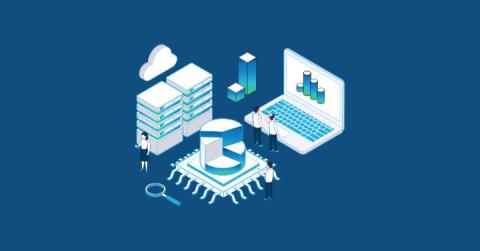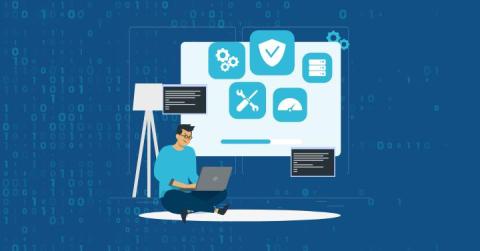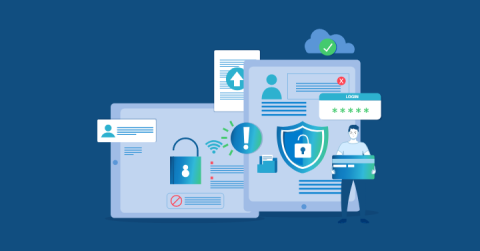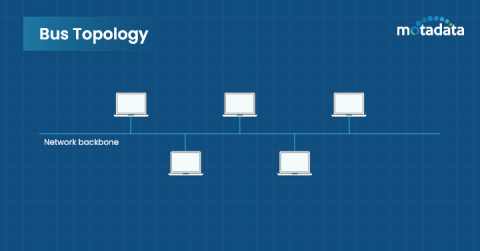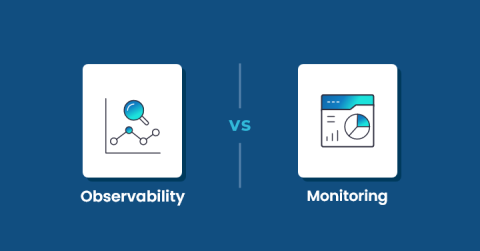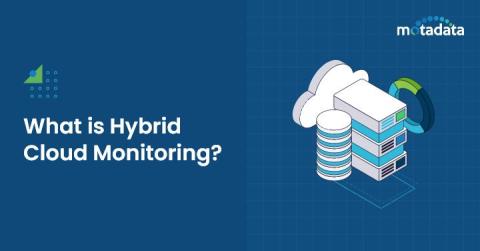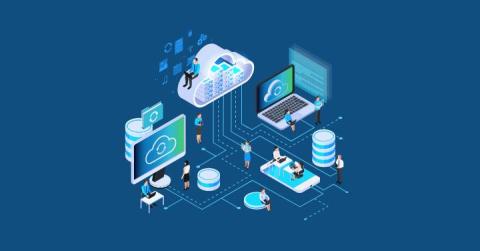Operations | Monitoring | ITSM | DevOps | Cloud
Motadata
Monitoring as Code: Everything you Need to Know
Continuous Monitoring Best Practices
Continuous Monitoring: A Definitive Guide
Understanding Network Topology: Types, Best Practices
Observability vs. Monitoring: Decoding Key Distinctions
Hybrid Cloud Monitoring: The Ultimate Guide to Benefits
In the fast-moving tech world, your business faces two main challenges: maintaining control of in-house servers and harnessing the flexibility of cloud computing. It is where “Hybrid cloud monitoring” emerges as a torch bearer, guiding your organization through the complexities of a dual environment. A hybrid cloud monitoring solution functions like the control centre for your business’s digital operations.
AIOps in Telecom Industry: Challenges, Benefits, and Use Cases
The telecom industry is rapidly evolving, with network operations becoming increasingly complex. To navigate this complexity, telecom operators are turning to Artificial Intelligence for IT Operations (AIOps) solutions. AIOps combines artificial intelligence, machine learning, and big data analytics to optimize network performance, enhance customer experience, and drive business outcomes.
Cloud Network Monitoring: Ensuring Visibility in a Distributed World
As businesses transition to the cloud, the need for strategic implementation of Cloud Network Monitoring has become essential. This is because IT managers and CIOs across organizations are looking for robust real-time monitoring, performance optimization, and security vigilance for their distributed network. If you’re also thinking of cloud networking monitoring and want to know more about it in detail, continue reading this article further.
What are the fundamentals of an IT service desk?
An IT service desk is the backbone of enterprises that rely highly on technology. It is responsible for providing technical support and assistance to employees and customers who experience issues with their technology. This signifies an IT service desk’s integral role in enhancing an enterprise’s internal/external service delivery and user experience. However, enterprises can only enhance their service delivery and IT operations when they maximize their service desk.


